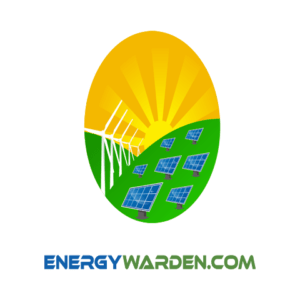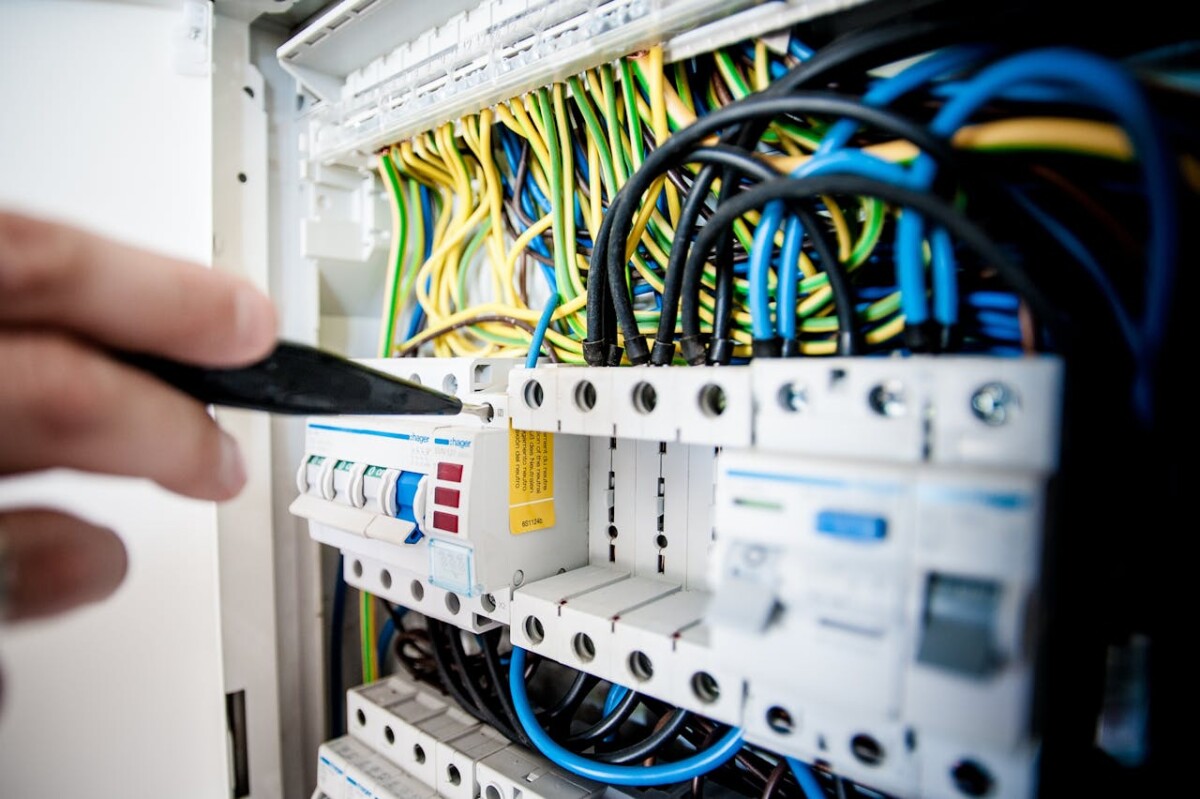Energy and Electricity
Energy and electricity are integral components of modern life, powering everything from homes and businesses to transportation and communication.
Without them, the conveniences of modern society would come to a standstill. Over the years, significant advancements have been made in how energy is produced, distributed, and consumed.
While traditional fossil fuels remain a major fuel source, increasing attention is being given to renewable resources like solar energy, wind power, and hydroelectric power plants.
These innovations aim to address growing concerns about carbon emissions and the environmental impact of energy production.
Understanding the interplay between energy and electricity offers a window into the complexities of the u.s. electricity system, the ongoing shift toward clean energy, and the science behind the technology powering our lives.
What Is Energy and Electricity?
Defining Energy
Energy, simply put, is the capacity to do work. It is quantified in units such as joules (J), a standard unit of energy in the International System of Units (SI).
This measurement allows scientists and engineers to calculate and compare the energy requirements of different systems.
Explaining Electricity
Electricity, a secondary energy source, results from the movement of electric charges through a medium.
This flow is known as electric current and occurs in systems as simple as a light bulb circuit or as complex as the national electricity grid.
Thanks to pioneers like Benjamin Franklin and Thomas Edison, the generation, distribution, and consumption of electricity have become increasingly efficient and innovative.
The Role of Fossil Fuels in Electricity Generation
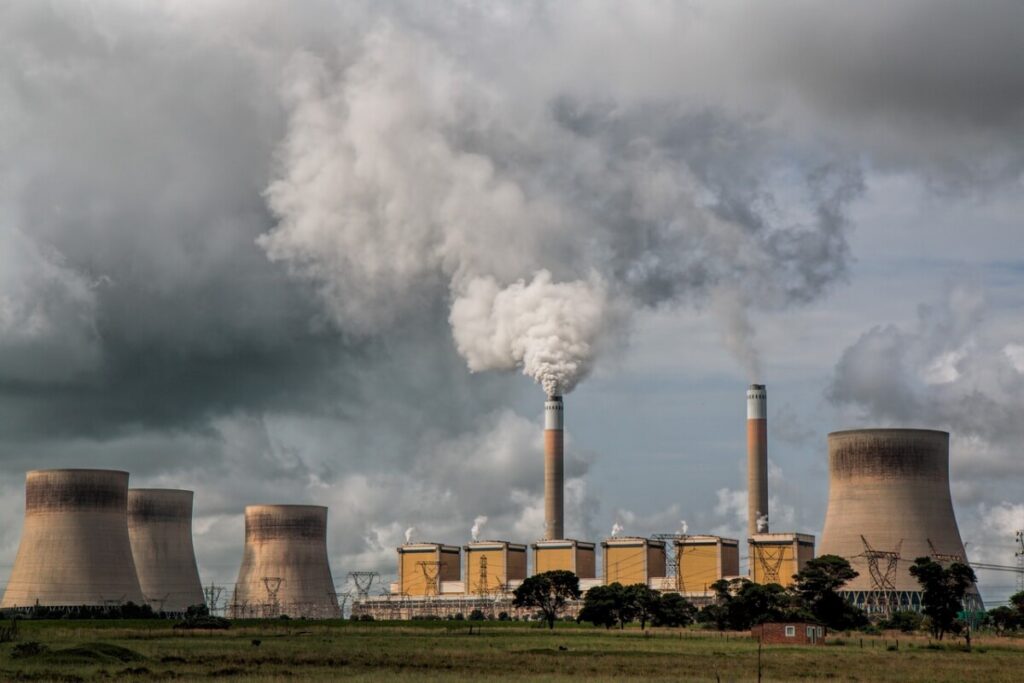
In recent years, fossil fuels like coal, oil, and natural gas have played a significant role in meeting the world’s electricity demand.
These non-renewable energy sources account for a large share of electricity in the global energy mix, especially in the power sector of the United States.
- Advantages of Fossil Fuels:
- Provide a reliable fuel source.
- Support high-capacity electricity generation.
- Easily stored and transported over long distances.
However, the reliance on fossil fuels comes at a cost. Their combustion releases carbon dioxide and other greenhouse gases, contributing to climate change.
The focus has therefore shifted toward mitigating these effects by embracing clean energy alternatives.
Renewable Energy: A Cleaner Future
Solar Energy
Harnessing the power of the sun through solar panels and photovoltaic cells is one of the fastest-growing trends in energy production.
By converting sunlight into electric energy, solar power provides a sustainable solution with minimal environmental effects.
Property owners installing solar systems not only reduce their reliance on the electricity supply but also contribute to the broader transition toward green energy.
Wind Energy: A Powerful Ally in Clean Energy
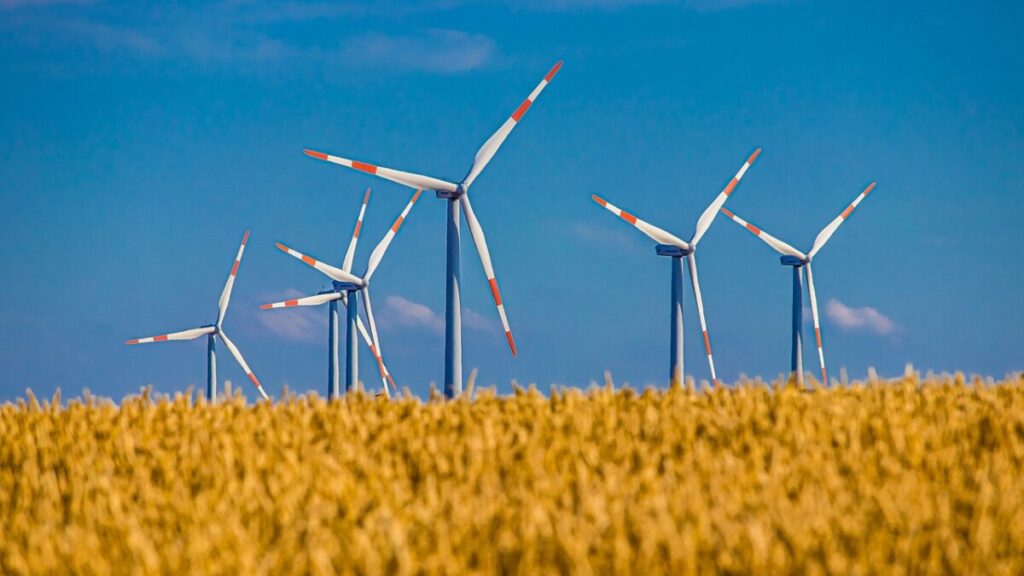
How Wind Power Works
Wind energy harnesses the natural movement of air to produce electricity. Wind turbines, equipped with large turbine blades, capture the kinetic force of wind and convert it into mechanical energy.
This energy then powers a generator to create electric energy. Wind farms, especially offshore wind farms, are becoming increasingly common as part of the global shift toward clean energy.
- Advantages of Wind Power:
- Renewable and abundant.
- Reduces carbon emissions.
- Supports the diversification of the energy mix.
Challenges in Wind Energy Adoption
Despite its potential, wind energy faces challenges, including the need for significant land or sea space, variable wind conditions, and the initial costs of building wind farms.
Nevertheless, its contribution to reducing the environmental impact of electricity production makes it a cornerstone of sustainable development.
Nuclear Energy: High Efficiency and Controversy
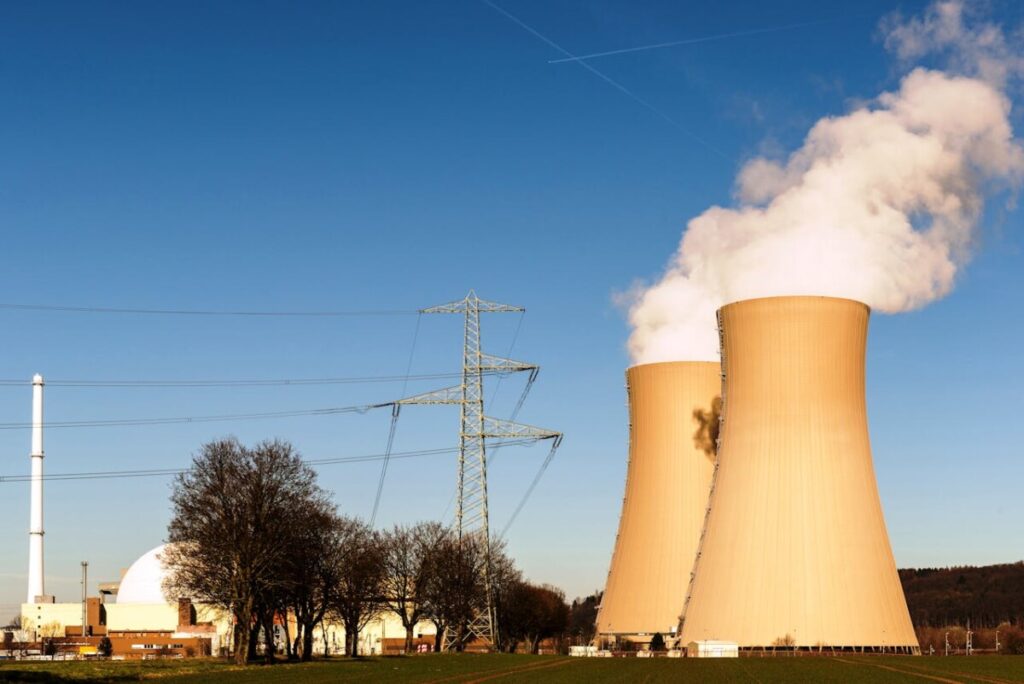
The Science Behind Nuclear Power
Nuclear energy is produced through the process of nuclear fission, where the nucleus of an atom is split to release a massive amount of energy.
This energy heats water to produce steam, which drives steam turbines to generate electricity. Nuclear power plants are highly efficient, providing a steady and substantial electricity supply.
- Advantages of Nuclear Energy:
- High output with low carbon dioxide emissions.
- Reliable base-load power generation.
- Long-term fuel availability with nuclear fuels.
Concerns and Risks
However, nuclear energy comes with its own set of risks. Safety concerns related to potential accidents and the disposal of radioactive waste remain key challenges.
Nonetheless, as part of the overall electricity mix, nuclear energy helps balance the global need for clean energy and reliable power.
Hydroelectric Power: Harnessing Water for Energy
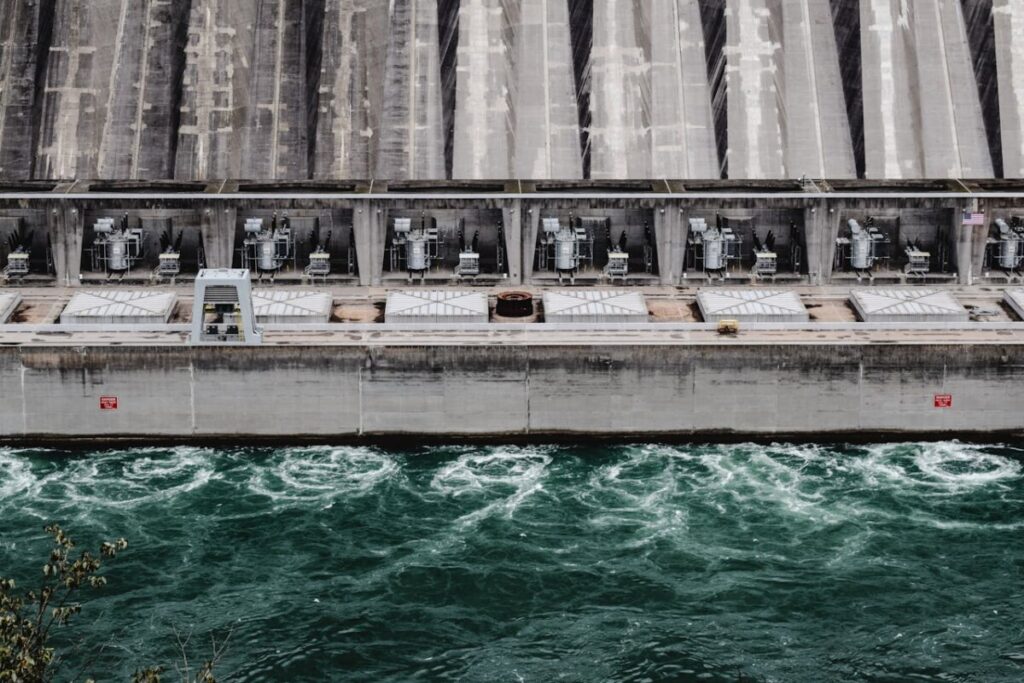
How Hydroelectric Plants Work
Water, one of the most accessible renewable resources, plays a critical role in the production of electric energy.
Hydroelectric power plants utilize flowing water to spin turbines, creating mechanical energy that is then converted into electricity.
- Benefits of Hydropower:
- Renewable and consistent fuel source.
- Minimal carbon emissions compared to fossil fuels.
- Capable of meeting high electricity demand during peak times.
Environmental Effects
Despite its advantages, hydropower can have significant environmental effects, including altering ecosystems and impacting wildlife.
Therefore, sustainable development strategies are essential when constructing new hydro plants.
The Role of Solar and Wind Energy in Reducing Carbon Emissions
Addressing Environmental Concerns
In recent years, the energy industry has witnessed a significant shift toward renewable sources like solar energy and wind power.
These solutions help mitigate the environmental impact of traditional non-renewable energy sources, leading to a greener, more sustainable future.
- Key Benefits:
- Reduction in carbon emissions.
- Increased use of green energy for powering homes and electric vehicles.
- Decreased reliance on the electricity grid through localized power generation.
Combining Renewable Resources
An effective electricity mix that integrates solar panels, wind turbines, and hydroelectric plants ensures a balanced approach to meeting growing electricity demand.
The Science of Electricity: Key Concepts

Types of Energy and Their Role
Various terms energy describe how it is stored and used, such as kinetic energy for moving objects and potential energy for stored systems.
Understanding these terms is crucial for grasping how energy transitions from one form to another in daily applications.
Electricity is closely linked to various forms of energy, including static electricity, which involves the buildup of electrical charges, and current electricity, which pertains to the flow of charges through an electrical circuit.
These principles underpin the operation of electronic devices and the broader u.s. electricity system.
- Examples of Electrical Energy Use:
- Powering everyday items like a light bulb or laptop.
- Enabling transportation through electric vehicles.
- Supporting industrial operations that require significant amounts of energy.
The Path of Electricity
Electricity travels over long distances from power plants to consumers through transmission lines that operate at higher voltages.
Once it reaches its destination, transformers reduce the voltage for safe use in homes and businesses.
Electricity Generation: Traditional and Emerging Methods
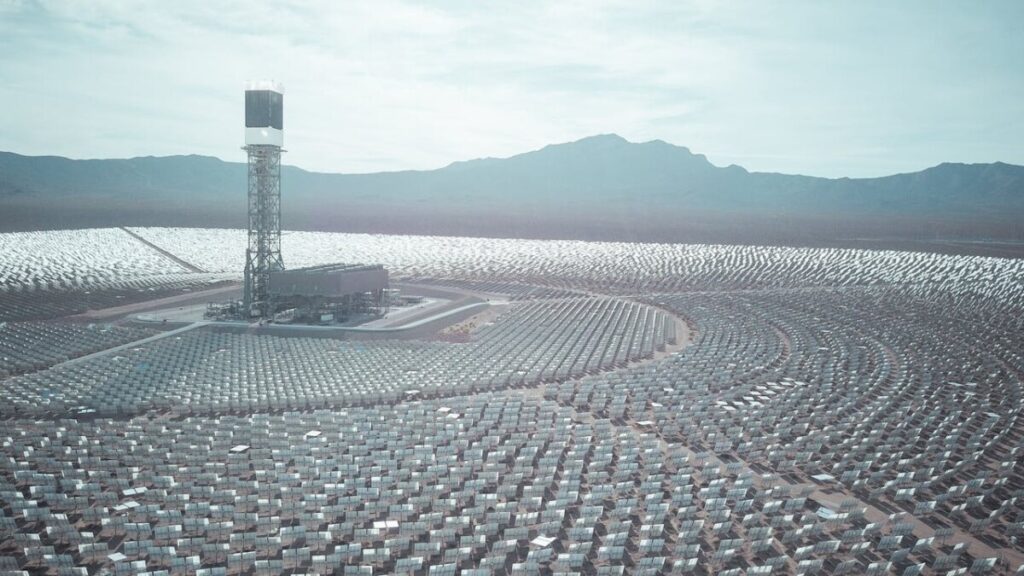
Traditional Methods of Power Generation
Historically, electricity production has relied heavily on fossil fuels such as coal, oil, and natural gas.
These sources are burned to create heat, which is then used to generate steam for steam turbines.
While this method has been reliable for decades, its contribution to carbon emissions and environmental effects has made it less favorable in recent years.
- Key Features of Traditional Methods:
- High efficiency in meeting large-scale electricity demand.
- Dependence on finite non-renewable energy sources.
- Significant environmental drawbacks, including the release of carbon dioxide.
Emerging Renewable Energy Technologies
Innovative renewable resources are transforming the global power sector. Solar power and wind energy are now central to the modern energy mix, alongside emerging technologies like hydroelectric plants and offshore wind farms.
These methods utilize natural elements, reducing reliance on non-renewable energy sources and minimizing the environmental impact of electricity generation.
- Examples of Emerging Technologies:
- Photovoltaic cells that convert sunlight into electricity.
- Gas turbines powered by renewable fuels.
- Advanced wind turbines designed for higher efficiency.
Current Trends in the Energy Industry
The Growth of Clean Energy
The global emphasis on sustainability has driven the adoption of clean energy solutions. Nations, including the United States, are working to increase the share of electricity produced from renewable sources.
This trend is evident in the expansion of solar panels, wind turbines, and other environmentally friendly technologies.
- Factors Driving Growth:
- Government incentives and subsidies for renewable projects.
- Technological advancements that reduce the cost of electricity production.
- Rising public awareness about the environmental effects of fossil fuels.
The Integration of Electric Vehicles
The rise of electric vehicles is reshaping the energy industry. These vehicles depend on electricity as a secondary energy source, creating new opportunities for renewable-powered transportation.
They also reduce dependence on traditional fuels, contributing to lower carbon emissions and a cleaner environment.
Understanding the Science Behind Energy and Electricity

Energy in Everyday Life
Energy exists in numerous forms, each with unique applications in daily life. Kinetic energy, for example, is seen in moving objects like vehicles, while potential energy is stored in systems like batteries.
These types of energy are converted into electrical power to support modern lifestyles.
- Common Forms of Energy:
- Chemical energy stored in fuels and food.
- Heat energy used in heating systems and cooking.
- Light energy powering devices like lamps and light bulbs.
The Flow of Electricity
Electricity flows through an electrical circuit, which must be complete for the current to pass.
This flow is governed by principles such as electric fields, the repulsive force between charges, and the speed at which electricity travels—nearly matching the speed of light.
- Key Concepts:
- The role of the positive terminal in driving electric flow.
- The importance of maintaining safe higher voltages during transmission.
- How electric energy powers everything from electronic devices to industrial machines.
FAQs About Energy and Electricity
What are the primary sources of energy?
Energy comes from both renewable sources (like solar and wind) and non-renewable energy sources (such as fossil fuels and nuclear energy).
How does solar power work?
Solar power uses photovoltaic cells to convert sunlight into electricity, offering a sustainable and clean energy option.
What is the difference between static and current electricity?
Static electricity involves the buildup of charges, while current electricity refers to the continuous flow of charges through an electrical circuit.
What is the environmental impact of fossil fuels?
Fossil fuels release carbon dioxide and other pollutants, contributing to climate change and other environmental effects.
How are wind turbines used to generate electricity?
Wind turbines capture the kinetic energy of wind, which powers a generator to produce electricity.
Energy and Electricity Conclusion
Energy and electricity are the lifeblood of modern society, driving technological advancements and economic growth.
As the world shifts toward a more sustainable future, the adoption of renewable resources, innovative technologies, and energy-efficient practices is critical.
By understanding the science and systems behind energy and electricity, individuals and nations can make informed decisions that balance electricity demand with environmental responsibility.
With ongoing advancements, the future of energy lies in harnessing the potential of clean energy, reducing reliance on non-renewable energy sources, and creating a more sustainable planet for generations to come.
Recent Posts
The Future of Wind Energy The future of wind energy is set to play a critical role in addressing global energy needs while combating climate change. As renewable energy sources like wind and...
Misconceptions about Wind Energy This article Misconceptions about wind energy will debunk common myths surrounding wind energy and clarify the facts based on scientific research, studies, and...
